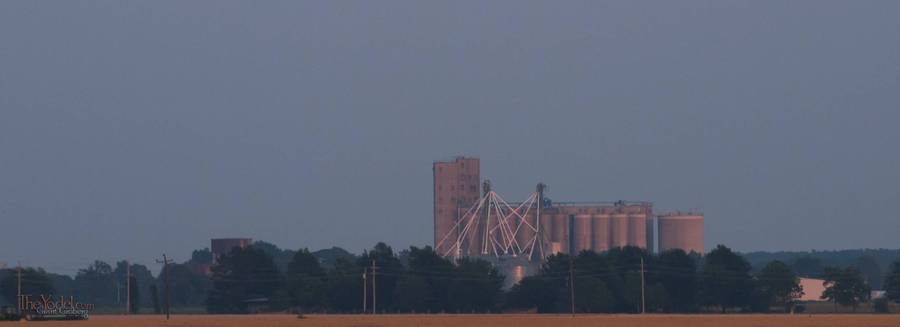Stuttgart Arkansas
Imagine yourself amongst the rice fields of Arkansas. Wide, open spaces, precisely leveled and flattened with an Ausburgian attention to detail. The carefully planted rice is short, looking like bad hair plugs. You can see for miles and for miles all you can see is more rice paddies. The temperature is ninety-plus, humidity to match. The monotony of the scenery conspires with the oppressive heat, numbing you, washing your mind clean of thought. You see the horizon wrinkle, smooth linearity broken as structure emerges from the earth into the muggy sky; the air, dense with vapor, paints it indistinct and smeared on the canvas of the skyline.
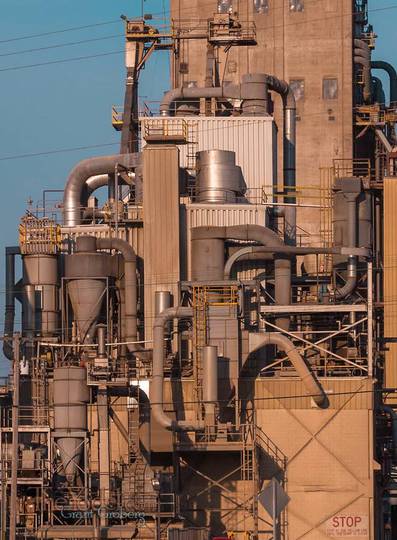
You are now a peasant in the 1500's. Shod in the ill-fitting wraps that are the shoes of the day, you walk the barren plains. Trees dot the horizon. You approach the city step by step. Drawing your gaze, the cathedral spires penetrate the sphere of the sky, growing imperceptibly. As you near the city gates the cathedral has grown to dominate the hovels of the surrounding city as it dominates your attention. An impossibly gargantuan bulk, you shake your head at the wonders that humankind can create.
And as you shake your head, the embroidery of your imagination unravels revealing the massive silos and grain driers that support one of the largest rice growing regions of the country. Welcome to Stuttgart, Arkansas, self-proclaimed Rice and Duck Capital of the World. The seeming desolation of the surrounding lands is imaginary as well. The dust-devils dancing across the fields declare only the obvious: it is hot and the rice has not fully grown in.
Emblazoned in 300 foot letters on the side of the largest of the silo complexes is the word RICELAND. Appropriate. The Riceland cooperative is the biggest rice miller in the world and Stuttgart, AR is where Riceland has it's headquarters.
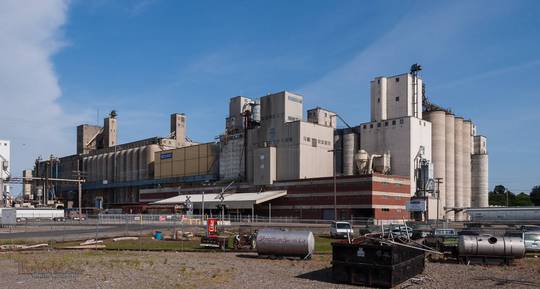
Rice is not native to the area, yet the soil structure is uniquely suited to growing the crop. Underneath the fertile topsoil is a layer of dense clay that acts as a water-barrier allowing the fields to be flooded and preventing the water from percolating down into the subsoil. A fellow by the name of Hope made note of the special characteristics of the soil in 1901. He put two and two together and came up with rice. Since his first 9 x 27 foot field Rice growing in the region has expanded to the extent that the Stuttgart, Arkansas area is responsible for nearly 40% of the rice grown in the U.S.
The scale of rice growing here is huge. The silos are huge, fields are huge, the tractor's are huge, the implements pulled by the tractors are huge. It is the hugeness of everything that led to a tractor manufacturer naming one of their models the "Stuttgart." In 1958 Don Oliver, a dealer of Minneapolis Moline tractors, along with his sales manager Gale Stroh and his shop foreman Kenneth Bull, designed, built and delivered one of the first articulated four wheel drive tractors in the country. They put two rear ends together, mounted an engine on top of it and the first monster tractor was born. Its first job that year was the precision leveling of Don Oliver's entire farm to improve the irrigation of the rice.
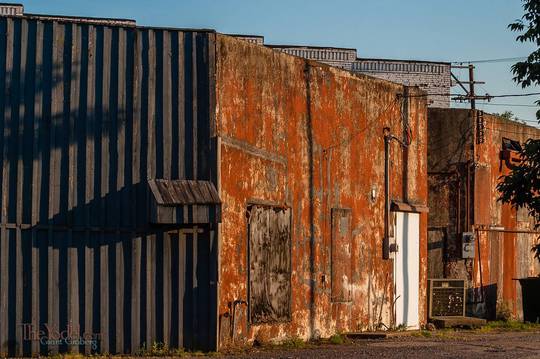
With more power output because of the drive train and the remendous amount fo work it could accomplish, every one of these modified tractors went out the door as soon as it was completed. Of course having a tractor with such strength created a new set of problems. There were no tools large enough to fully utilize the tractor's capabilities. For Don Oliver this was no great hurdle. He had grown up on a farm and had the attitude of "if the tool doesn't do exactly what you want, change it to make it. He stuck two implements together and the problem was solved. Soon enough the tractor-plus-implement were out in the fields tearing it up. Four years after having sold one of the first of these super tractors a manufacturer came out with the tools big enough for these tractors.
Eleven years and 31 tractors after the Oliver and his crew built their first modified design, engineers from Minneapolis Moline came down to Stuttgart to look at one of Oliver's tractors. They convinced Oliver to let them take it back to Minneapolis on the condition that they would have it back in Arkansas by March first so Oliver could use it on his farm. They studied the work of the Arkansas boys and used the articulated four wheel drive tractor as the prototype of their new tractor the A4T-1400. In honor of their ingenuity and hard work they named the tractor the "Stuttgart"in honor of the town where the innovations were developed.
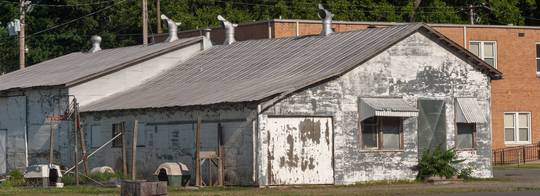
Rice… Tractors… what else? Oh yes! Ducks! What about the ducks? The Stuttgart area of the Mississippi basin has been the stopping-over point for migrating ducks and geese for millennia. Every year between November and February literally millions of ducks make a layover in the broad marshes that are found in the area. The waterfowl are gladly met by thousands of hunters who migrate from all over the world to take advantage of the good hunting to be found in Stuttgart. The hunters are gladly met with open arms by the good citizens of Stuttgart who hold festivals, the World Duck Calling Championship and the Miss Mallard beauty contest to make them feel welcome and give them more entertainment choices during their stay.
Duck hunting is big business for Stuttgart. Predators become prey as hunters pay up to $550 or more per day to bag a duck or goose. High end accommodations include guides, heated blinds, meals and lodging. It is estimated duck hunting season adds a million dollars a day to the local economy. This is a huge boon. The prospect of climate change altering the migration patterns of the waterfowl has some of the locals concerned. With winters becoming milder, they fear some species will stay north longer and bypass the area in their flight south. Whether these fears are realized is yet to be seen.
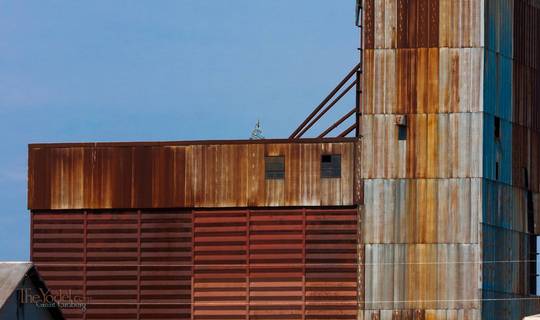
Stuttgart in the late spring, when I visited, seems close to a ghost town. It is hard to imagine throngs of people in the streets, but I was assured that if you show up during one of their festivals or during hunting season and you will be treated to scenes of excitement and interest. What could be more exciting than to hear the champion duck callers of the world competing against each other for the grand title and presented their trophy by Miss Mallard herself!
While you are in Stuttgart, stop in and see the Stuttgart Agricultural Museum. It not only houses a number of unique old tractors it has an extensive display of duck calls and hand-carved decoys.

